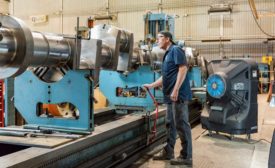Home » Keywords: » occupational illness prevention
Items Tagged with 'occupational illness prevention'
ARTICLES
Fear & insecurity stifle reporting illnesses & stressors
Millions of workers suffer in silence
December 17, 2018
Become a Leader in Safety Culture
Build your knowledge with ISHN, covering key safety, health and industrial hygiene news, products, and trends.
JOIN TODAYCopyright ©2025. All Rights Reserved BNP Media.
Design, CMS, Hosting & Web Development :: ePublishing




